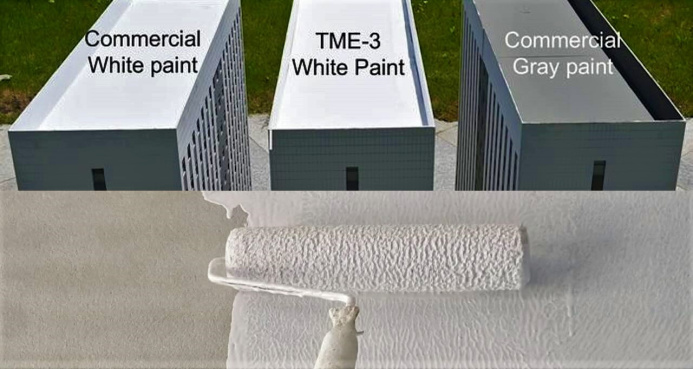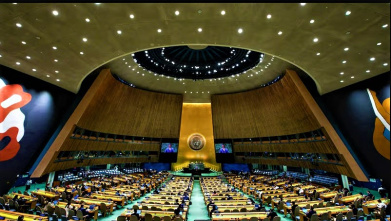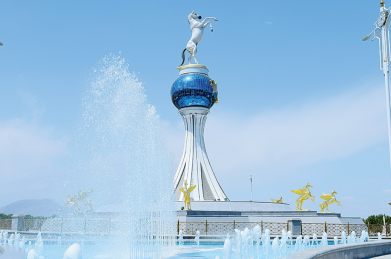AI Creates Smart Paint: A Breakthrough in Cooling Buildings and Combating Heat
21.07.2025 | 00:40 |An international team of engineers has made a breakthrough by developing a unique roof coating using artificial intelligence (AI) that can cool buildings up to 20 degrees Celsius more than conventional paints. This innovation could significantly reduce energy consumption for air conditioning, reduce carbon emissions and become a salvation for countries with hot and arid climates, such as Turkmenistan.
AI-Powered Cooling: How does it Work?
The research, conducted by scientists from the University of Texas at Austin (USA), the National University of Singapore, Shanghai Jiao Tong University (China) and Umea University (Sweden), focuses on creating so-called “3D thermal meta-emitters”. These are complex materials that can selectively emit heat at different levels and in different ways, making them ideal for energy efficiency.
“Our machine learning framework is a significant step forward. By automating the process, we can create materials with superior performance that was previously unimaginable,” Professor Yuebin Zheng, one of the study’s leaders said.
The team made four such materials. Testing one of them on a model house showed impressive results: after four hours of midday exposure to direct sunlight, the meta-emitter-coated roof was, on average, 5 to 20 degrees Celsius cooler than roofs painted white and gray, respectively.
The researchers calculated that this level of cooling could save up to 15,800 kilowatts of electricity per year in an apartment building in a hot climate (for comparison, a typical air conditioner uses about 1,500 kilowatts per year).
The Race to Cool the World: Wide Application Possibilities
The development of the new coating is not just a breakthrough for homes and offices. Using machine learning, seven classes of meta-emitters were created, each with different efficiency and application areas:
• Urban environment: The materials can mitigate the effect of the urban “heat island” by reflecting sunlight and efficiently radiating heat.
• Space: The coating can regulate the temperature of spacecraft.
• Everyday life: Integration into textiles and fabrics can improve the cooling technologies of clothing; application to cars will help reduce their heating in the sun.
Traditionally, developing such materials was a laborious process of “trial and error.” Now, as one of the co-authors of the work, Kan Yao, notes, machine learning significantly speeds up and optimizes this process.
Relevance for Turkmenistan
For Turkmenistan, where summer temperatures often exceed +40 degrees Celsius, and energy consumption for cooling buildings is a significant expense item, such developments are of great strategic importance. The introduction of such technologies can not only improve the comfort of residents and reduce the load on the power grid, but also contribute to achieving sustainable development goals and reducing the carbon footprint. This publication may inspire Turkmen scientists to conduct relevant research and search for innovative solutions in the fight against the challenges of the arid climate.
ORIENT











